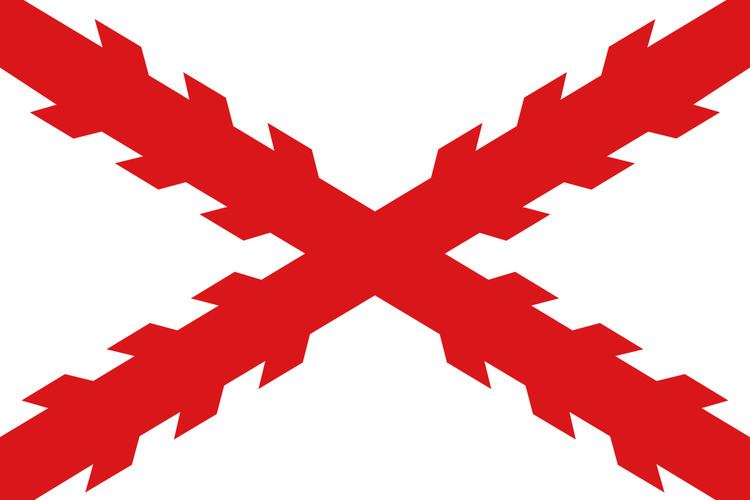 | ||
Duke of Burgundy (French: duc de Bourgogne) was a title borne by the rulers of the Duchy of Burgundy, a small portion of traditional lands of Burgundians west of river Saône which in 843 was allotted to Charles the Bald's kingdom of West Franks. Under the Ancien Régime, the Duke of Burgundy was the premier lay peer of the kingdom of France.
Contents
- Bosonid dynasty 880956
- Robertian dynasty 9561004
- House of Capet 10041032
- House of Burgundy 10321361
- House of Valois Burgundy 13611482
- House of Habsburg 14821700
- House of Bourbon claimants of the title 170013
- House of Habsburg 171395
- House of Bourbon revived title 1975present
- References
Beginning with Robert II of France, the title was held by the Capetians, the French royal family. It was granted to Robert's younger son, Robert, who founded the House of Burgundy. When the senior line of the House of Burgundy became extinct, it was inherited by John II of France through proximity of blood. John granted the duchy as an appanage for his younger son, Philip the Bold. The Valois Dukes of Burgundy became dangerous rivals to the senior line of the House of Valois. When the male line of the Valois Dukes of Burgundy became extinct, it was confiscated by Louis XI of France.
Today, the title is used by the House of Bourbon as a revived courtesy title.
Bosonid dynasty (880–956)
The first margrave (marchio), later duke (dux), of Burgundy was Richard of the House of Ardennes, whose duchy was created from the merging of several regional counties of the kingdom of Provence which had belonged to his brother Boso.
His descendants and their relatives by marriage ruled the duchy until its annexation over a century later by the French crown, their suzerain.
Robertian dynasty (956–1004)
House of Capet (1004–1032)
In 1004, Burgundy was annexed by the king, of the House of Capet. Otto William continued to rule what would come to be called the Free County of Burgundy. His descendants formed another House of Ivrea.
House of Burgundy (1032–1361)
Robert, son of Robert II of France, received the Duchy as a peace settlement, having disputed the succession to the throne of France with his brother Henry.
House of Valois-Burgundy (1361–1482)
John II of France, the second Valois king, successfully claimed the Duchy after the death of Philip, the last Capet duke. John then passed the duchy to his youngest son Philip as an apanage.
House of Habsburg (1482–1700)
In 1477, the territory of the Duchy of Burgundy was annexed by France. In the same year, Mary married Maximilian, Archduke of Austria, giving the Habsburgs control of the remainder of the Burgundian Inheritance.
Although the territory of the Duchy of Burgundy itself remained in the hands of France, the Habsburgs remained in control of the title of Duke of Burgundy and the other parts of the Burgundian inheritance, notably the Low Countries and the Free County of Burgundy in the Holy Roman Empire. They often used the term Burgundy to refer to it (e.g. in the name of the Imperial Circle it was grouped into), until the late 18th century, when the Austrian Netherlands were lost to French Republic. The Habsburgs also continued to claim Burgundy proper until the Treaty of Cambrai in 1529, when they surrendered their claim in exchange for French recognition of Imperial sovereignty over Flanders and Artois.
House of Bourbon, claimants of the title (1700–13)
The title was briefly claimed by king Philip V of Spain (Philip VIII) of the House of Bourbon between 1700–1713 when the succession of the Spanish throne was disputed between the Houses of Habsburg and Bourbon.
At the same time, various members of the French royal family, most notably Louis, Dauphin of France, the father of Louis XV of France, also used the title.
